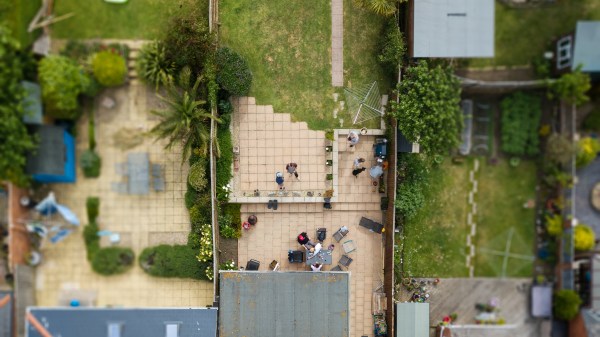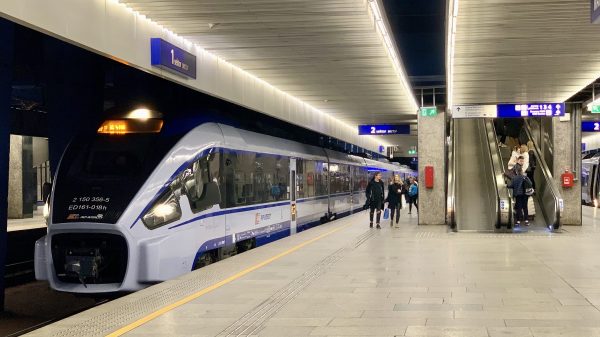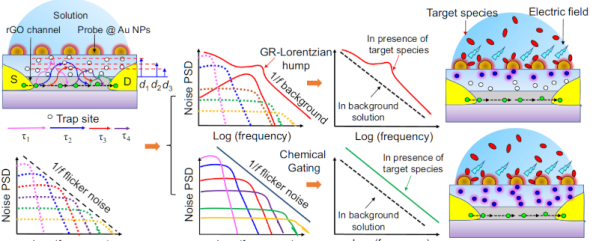Curl was recently notified of a CVE, CVE-2020-19909, rated at a hair-raising 9.8 on the CVSS scale. And PostgreSQL has CVE-2020-21469, clocking in with a 7.5 severity. You may notice something odd about those two vulnerabilities, but I promise the 2020 date is only the tip of the iceberg here.
Let’s start with PostgreSQL. That vulnerability was only present in version 12.2, which released in February of 2020, and was fixed with the 12.3 release in May of that same year. The problem is a stack buffer overflow, which doesn’t seem to enable code execution, but does cause a denial of service situation. To trigger the bug? Repeatedly send the PostgreSQL daemon the SIGHUP signal.
If you’re familiar with Linux signals, that might sound odd. See, the SIGHUP signal technically indicates the end of a user session, but most daemons use it to indicate a restart or reload request. And to send this signal, a user has to have elevated privileges — elevated enough to simply stop the daemon altogether. Put simply, it’s not a security vulnerability, just a minor bug.
And now on to curl — This one is just bizarre. The issue is a integer overflow in the --retry-delay argument, which specifies in seconds how often curl should retry a failing download. The value is multiplied by 1000 to convert to milliseconds, resulting in an overflow for very large values. The result of that overflow? A smaller value for the retry delay.
[Daniel Stenberg] makes the point that this tale is a wonderful demonstration of the brokenness of the CVE system and NVD’s handling of it. And in this case, it’s hard not to see this as negligence. We have to work really hard to construct a theoretical scenario where this bug could actually be exploited. The best I’ve been able to come up with is an online download tool, where the user can specify part of the target name and a timeout. If that tool had a check to ensure that the timeout was large enough to avoid excess traffic, this bug could bypass that check. Should we be assigning CVEs for that sort of convoluted, theoretical attack?
But here’s the thing, that attack scenario should rate something like a CVSS of 4.8 at absolute worst. NVD assigned this a 9.8. There’s no way you can squint at this bug hard enough to legitimately rank it that severe. At the time of writing, the NVD lists this as “UNDERGOING REANALYSIS”.
Continue reading “This Week In Security: Not A Vulnerability, BGP Bug Propogation, And Press Enter To Hack” →

















